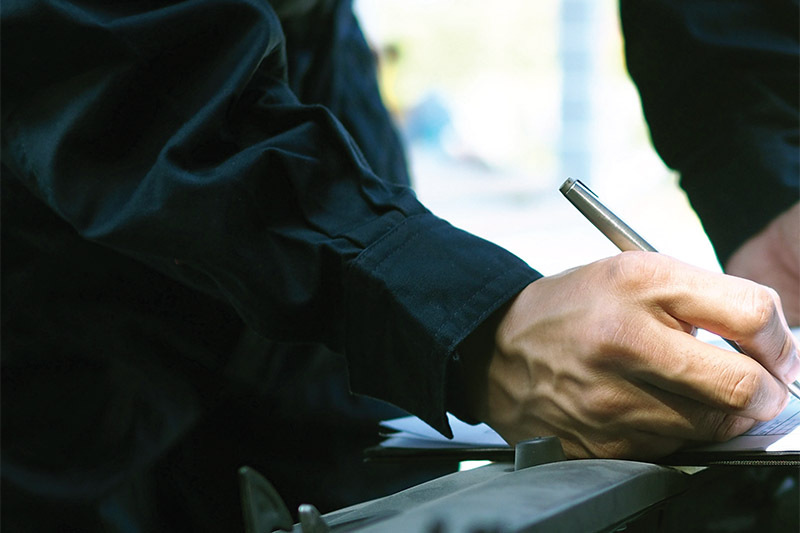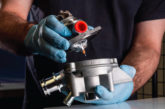
PMM’s Kieran Nee puts the questions to MOT Juice’s Managing Director Barry Babister about the importance of compliance within MOT testing and the need for quality control.
You have mentioned in a previous article in PMM that many VTS owners had complained about a lack of contact with the DVSA. Is this still the case?
Let’s imagine you have 350 police officers and 85,000 ‘potential offenders’ spread across 25,000 locations. The question is, how could you even begin to police that large a group?
Well, there is no need to anymore. Data can do most of the work for you. If every single MOT Tester had to submit data about what they are doing, their results and the time taken to reach those results then you could and probably would use data to identify offenders.
If you could use the data to spot bad behaviour then you could direct your ‘police force’, i.e. the VEs, straight at the worst offenders. In fact, if you changed the regulations via a new sanctions-based system, you could appoint your ‘policemen’ to be judge, jury and executioner. Welcome to modern DVSA intelligence.
The DVSA is not trying to trick us. They are acting sensibly and using data analysis to identify the bad eggs in the MOT testing landscape. For my part, I am with them here. Let’s get rid of the bad testers and bad test stations. Those that are left standing can play by the rules and, I hope, charge accordingly for our diligence.
How are VTSs being monitored?
Let’s take a simple example: A rogue tester keeps failing exhausts for blowing, because these repairs make good profit. The DVSA can run an automated algorithm in the background that reviews every car that is the same as the makes and models that our rogue tester is failing.
Based on national averages of same cars – same make, same model, same mileage – the DVSA knows what the average fail rate for exhaust blow is on every single car. They simply compare the trend to that of our rogue tester. Over time, they build a profile of bad behaviour. This is all the work of a computer, requiring little or no human effort.
Before they turn up, they already know that the tester has just failed a car for blowing exhaust (they are parked down the road, watching the data entry in real time). In comes our VE and asks to have a look at the car just being logged off. After that, the tester has no job and no MOT testing for that site.
This is not just bad testing, it is fraud and brings the entire MOT testing scheme into disrepute.
What are some of the concerns you hear regularly from testing stations?
The sense that I get is that patience is wearing thin at DVSA. The old approach of telling the VE whatever they want to hear just won’t cut it anymore as you can’t hide from the bare facts. If you think you are different, I can assure you that you are not. So be warned and get your house in order now.
Here is my mantra, for what it’s worth: if you can’t prove that you are doing it right then you aren’t.
Are there any upcoming changes or developments MOT testers should be aware of?
From talking to various people within DVSA, I can assure PMM readers that many more changes are coming.
Is this a good thing? To be honest, I think probably yes. It will start to sort the wheat from the chaff and allow the well run, organised MOT bays to flourish and allow the DVSA to focus on removing the poor ones. A large percentage of the current authorised MOT bays could be culled without the DVSA risking delivery capabilities. The DVSA has to make sure there is sufficient capacity for everyone to get an MOT when they need one, but right now they could lose 20% of the testing stations and still deliver.
What is the best way for a VTS to remain compliant with DVSA standards?
As the MD at MOT Juice I would say buy our product and benefit from our knowledge and support, but if you don’t fancy that then read everything the DVSA releases until you fully understand it. Absorb the guidance which is ever evolving and then spend your time putting in systems and measure to record and prove your compliance.









